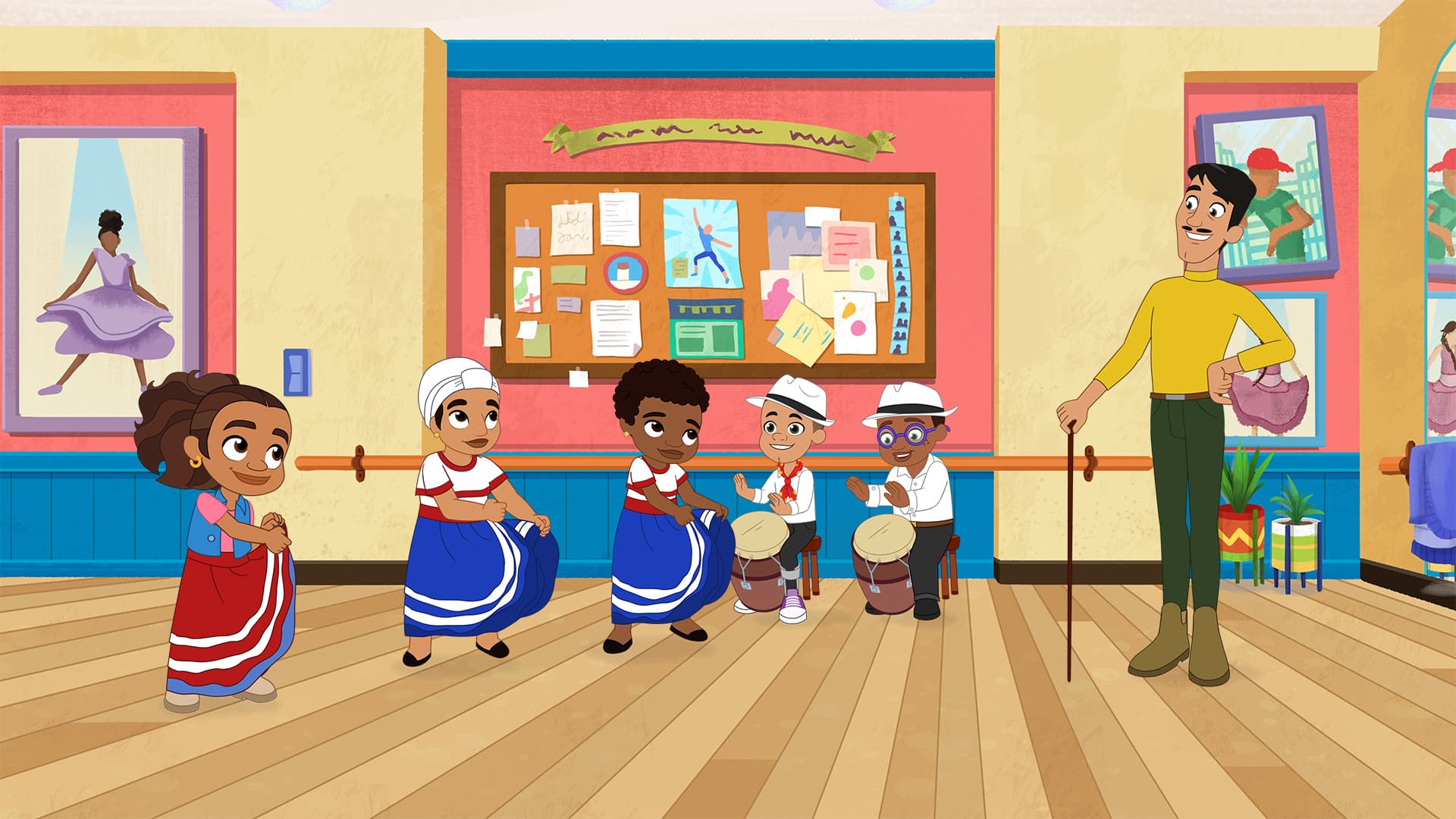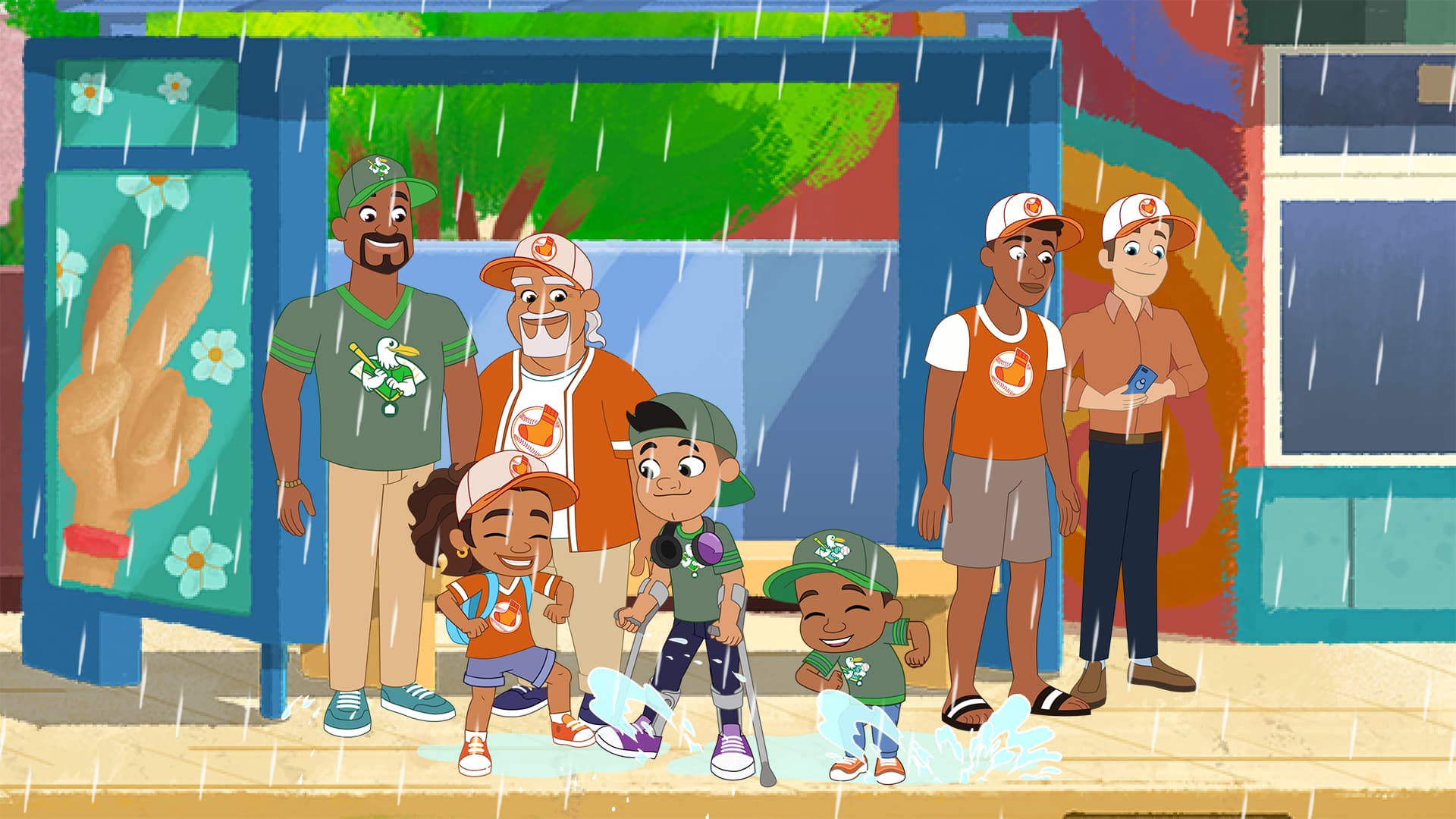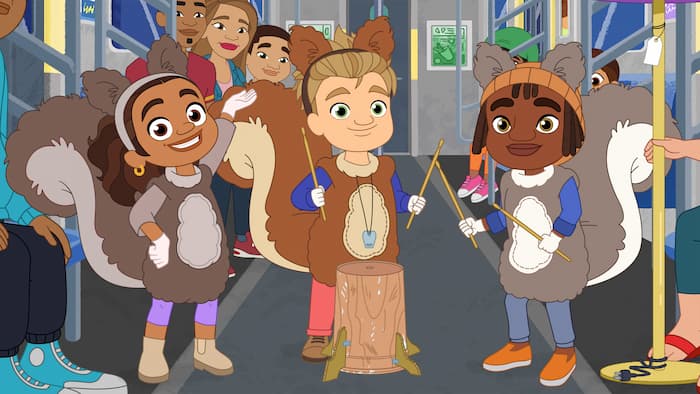
'Street' Smart
“Alma's Way” continues CMU alumna Sonia Manzano’s television legacy
By Tina Tuminella
College of Fine Arts alumna Sonia Manzano is a true TV icon.
For 44 years, she played Maria on “Sesame Street,” becoming one of the most recognized faces on television.
A writer, actor, activist and author, Sonia has won 15 Daytime Emmys for her writing along with a Lifetime Achievement Emmy; been awarded the Congressional Hispanic Caucus Award; received honorary degrees from Carnegie Mellon University and Tufts University; and hits bookshelves once again this summer with a young adult novel.
Adding to this impressive list of achievements, Sonia continues to pour her creative energy into the world — creating projects imbued with respect, thoughtfulness and craft that emphasize inclusion and children’s well-being.

Heading in a New Direction
Sonia is focusing again on children with “Alma’s Way,” an animated preschool series from Fred Rogers Productions that premiered last fall on PBS KIDS. She created the show and also serves as an executive producer, writer and voice actor.
“Alma’s Way” centers around a proud, confident 6-year-old Puerto Rican girl who lives in the Bronx with her family among a diverse group of friends and community members.
Inspired by her own childhood, Sonia created this show with the hope that it gives children both the confidence and chance to think through problems for themselves.
“Alma’s Way” showcases Latino culture through language, food, music and customs, and it illustrates how other families are alike and different from Alma’s.
Each episode features what Sonia calls “think through” moments, where Alma works out a solution to a dilemma — communicating a simple, yet profound message.
“Everyone has a mind and can think things through,” Sonia says. “The way you see the world is just as valid as anyone else. There’s no one right answer.”
Her vision for the show was inspired by visits to New York City schools.
“I was struck when I saw how underserved kids were under enormous pressure. They have fewer possibilities and outlets, and it leads some kids to think they aren’t smart. [This idea] of a homogenized, generic kid is unrealistic.”
“Alma’s Way” has been five years in the making, and animation was a different avenue for Sonia.
“It’s very exciting and new for me,” she says. “I was surprised with how long things took. ‘Sesame Street’ was live action, and in the moment, you could change and fix things. With animation, you are locked into a script months before you see the animated process. I had to readjust and figure out the right moment to introduce a concept.”
“I was struck when I saw how underserved kids were under enormous pressure. They have fewer possibilities and outlets, and it leads some kids to think they aren’t smart. [This idea] of a homogenized, generic kid is unrealistic.”
Representation Matters
“Sesame Street” has always focused on inclusion and representation, but when the groundbreaking series first aired, Sonia was one of few women of color on television.
Knowing that her casting was groundbreaking, Matt Robinson, the original Gordon on “Sesame Street,” gave her advice that she took to heart: “You’re not here to just be the cute Latina. You have to make sure the Latino culture is accurate.”
Sonia didn’t know how to interpret that at first.
But when she thought about the shows from her childhood like “Father Knows Best” and “Leave It to Beaver,” she recalled how she never saw anyone who looked like her.
“I knew I had to remember that there are kids out there watching me the same way I watched television, so it would behoove me to be as sincere and straightforward as possible, which is what ‘Sesame Street’ allowed me to do.”
The show also allowed her to grow into her role as Maria.
“The ‘Sesame Street’ people wanted a real person,” Sonia says. “I remember when I first got there, I thought about what Maria should be and they just said, ‘We want a real person.’ Once I understood that and I understood the humor, I realized I could do it. I decided to just be myself. (As Maria), I think I was able to be a better version of Sonia.”
“Alma’s Way” continues that same legacy of representation.
“We’ve done a great job of showing many, many different kinds of people as much as we can in an animated situation,” Sonia says. “We take great care in showing as many skin tones as possible and not putting people into categories. The power of an image is something we take great pains to get right.”

Her Road to Carnegie Mellon
Sonia had aspirations for college and knew acting was the way to get there.
“Anything was possible in the '60s it seemed,” Sonia says. “Society was changing. Carnegie Mellon accepted me, and I began my journey there.”
For her audition, she chose a scene from Elmer Rice’s 1929 play “Street Scene,” which takes place entirely on the front stoop of a New York City brownstone — the irony of which is not lost on Sonia.
“It’s funny that everything in my life has to do with streets! And neighborhoods!”
After finishing a scene in which she took off her shoes, she found herself in a daze. Jewel Walker, a CMU professor who taught mime at the time, guided her off the stage and gently reminded her to “come and sit down” but only after adding, “once you put your shoes back on.”
“When I became a student, he was really influential in my life as a performer because of his understanding of Pathos and Comedy.”
Sonia left CMU in the late 1960s to star in the original off-Broadway production of “Godspell,” and she received an honorary doctorate of fine arts degree in 2016.
“It’s interesting that in thinking about life as a circle, I’m back in Pittsburgh.”

